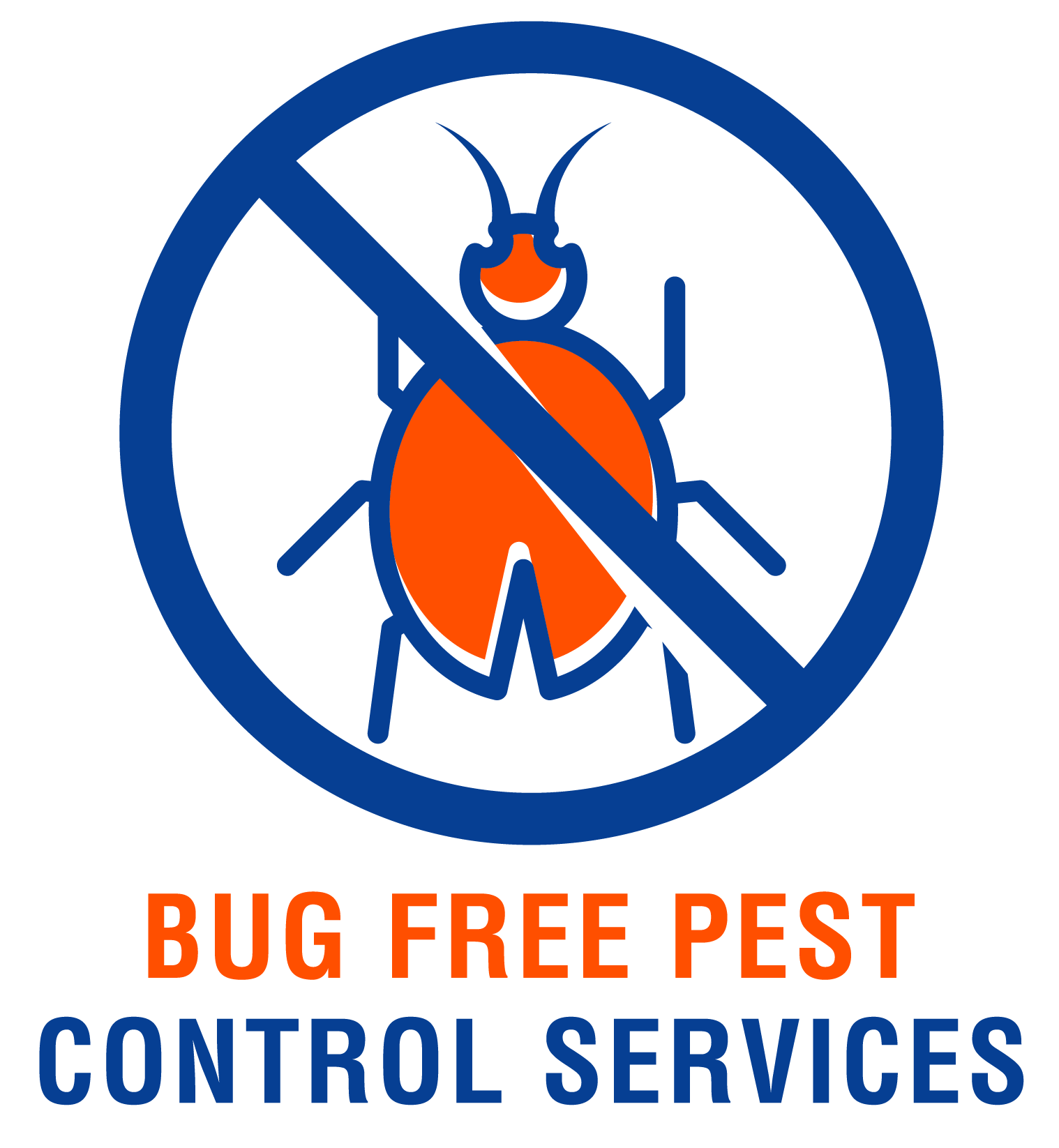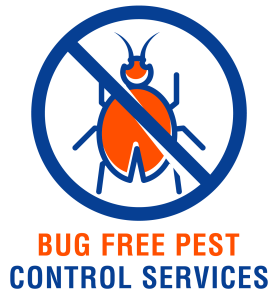Welcome to “The Ultimate Guide on Dealing with a Bed Bug Infestation!” In this comprehensive article, you will learn everything you need to know about identifying, preventing, and treating bed bug infestations in your home. From early detection methods to effective treatment options, we’ve got you covered. Say goodbye to those pesky bed bugs with the helpful tips and strategies provided in this guide. Don’t let these tiny pests ruin your peace of mind – take control of the situation and reclaim your bed bug-free home today! How to Deal with a Bed Bug Infestation
Are you struggling with a bed bug infestation? Don’t worry, you’re not alone. Bed bugs are a common household problem that can be quite challenging to eliminate. But with the right approach and techniques, you can get rid of these pesky insects for good. In this ultimate guide, we will walk you through everything you need to know about dealing with a bed bug infestation.
Understanding Bed Bugs
Bed bugs are small, reddish-brown insects that feed on the blood of humans and animals. They are nocturnal creatures that are most active at night, making it difficult to spot them during the day. Bed bugs can hide in cracks and crevices in furniture, walls, and bedding, making them hard to detect.
To effectively deal with a bed bug infestation, it’s essential to understand their behavior and habits. By knowing how bed bugs operate, you can develop a targeted approach to eliminate them from your home.
Signs of a Bed Bug Infestation
Before you can effectively tackle a bed bug infestation, you need to be able to identify the signs of their presence. Some common signs of a bed bug infestation include:
- Small reddish-brown bugs on your bedding or furniture
- Tiny dark spots (fecal matter) on your mattress or sheets
- Red, itchy bites on your skin, often in a line or cluster
If you suspect that you have a bed bug infestation, it’s essential to act quickly to prevent the problem from getting worse.
DIY Bed Bug Detection
If you suspect that you have a bed bug infestation, you can perform some DIY detection methods to confirm their presence. Here are some ways to detect bed bugs in your home:
Visual Inspection
Carefully inspect your bedding, furniture, and walls for signs of bed bugs. Look for live bugs, shed skins, and fecal spots that indicate their presence.
Bed Bug Traps
Place bed bug traps under your bed legs or along the baseboards of your walls. These traps can help capture any bed bugs present in your home.
Monitor Bites
Keep track of any red, itchy bites on your skin that appear in the morning. If you notice a pattern of bites, it could be a sign of a bed bug infestation.
By using these DIY detection methods, you can confirm whether you have a bed bug problem and take the necessary steps to address it.
Professional Bed Bug Inspection
If you’re unable to detect bed bugs in your home or suspect a severe infestation, it may be time to call in a professional pest control expert. Professional bed bug exterminators have the expertise and resources to accurately assess the extent of the infestation and develop a comprehensive treatment plan.
Benefits of Professional Inspection
- Expertise: Professional exterminators are trained to identify and eliminate bed bugs effectively.
- Targeted Treatment: Professionals can provide targeted treatments that are tailored to your specific infestation.
- Peace of Mind: Hiring a professional gives you peace of mind knowing that the infestation will be dealt with effectively.
If DIY detection methods are unsuccessful or you want a more thorough assessment, consider contacting a professional bed bug exterminator.
DIY Bed Bug Treatment
If you have confirmed a bed bug infestation in your home, you may want to try some DIY treatment methods before seeking professional help. Here are some effective DIY bed bug treatment techniques:
Vacuuming
Use a powerful vacuum cleaner with a hose attachment to vacuum up any bed bugs, eggs, or nymphs in your home. Focus on areas where bed bugs are likely to hide, such as mattresses, furniture, and baseboards.
Laundering
Wash all bedding, curtains, and clothing in hot water and dry them on high heat to kill any bed bugs present. Be sure to seal any infested clothing or linens in plastic bags to prevent bed bugs from escaping.
Steam Cleaning
Steam cleaning can help eliminate bed bugs hiding in cracks and crevices in furniture, walls, and flooring. Make sure to use a high-temperature steam cleaner to kill bed bugs effectively.
Sealing Cracks
Seal any cracks and crevices in your walls, furniture, and flooring to prevent bed bugs from hiding and breeding. Use caulk or sealant to seal these entry points effectively.
By following these DIY treatment methods, you can reduce the bed bug population in your home and make it less hospitable for these pests.
Professional Bed Bug Treatment
If DIY treatments are ineffective or you have a severe bed bug infestation, it’s time to bring in the professionals. Professional bed bug treatment involves a comprehensive approach to eliminate bed bugs from your home entirely.
Heat Treatment
Heat treatment is one of the most effective methods for killing bed bugs and their eggs. Professional exterminators use special equipment to heat your home to a temperature that is lethal to bed bugs.
Chemical Treatments
Professional exterminators may use insecticides to treat bed bug infestations, but these treatments should only be used by trained professionals. Chemical treatments can be effective when applied correctly and in combination with other methods.
Fumigation
Fumigation is a treatment method that involves sealing your home and releasing a gas to eliminate bed bugs. Fumigation is a powerful treatment method that can reach all areas of your home, including cracks and crevices.
When it comes to professional bed bug treatment, it’s essential to work with a reputable pest control company that has experience dealing with bed bug infestations.
Preventing Future Bed Bug Infestations
Once you’ve successfully eliminated a bed bug infestation from your home, it’s crucial to take steps to prevent future infestations. Here are some tips for preventing bed bugs from returning:
Regular Cleaning
Maintain a clean and clutter-free home to eliminate hiding spots for bed bugs. Vacuum regularly, wash bedding frequently, and keep your home free of debris.
Inspect Second-hand Items
Before bringing second-hand furniture, clothing, or bedding into your home, thoroughly inspect these items for signs of bed bugs. Avoid bringing in items that may be infested.
Seal Entry Points
Seal any cracks or crevices in your walls, furniture, and flooring to prevent bed bugs from entering your home. Use caulk or sealant to seal these entry points effectively.
By following these prevention tips, you can reduce the risk of a future bed bug infestation and keep your home bed bug-free.
Conclusion
Dealing with a bed bug infestation can be a challenging and frustrating experience, but with the right approach and techniques, you can eliminate these pests from your home. By understanding bed bug behavior, identifying signs of infestation, and using effective treatment methods, you can take control of the situation and restore peace to your home. Whether you choose to tackle the problem yourself or enlist the help of a professional exterminator, don’t let a bed bug infestation get the best of you. With patience, persistence, and the right strategies, you can successfully overcome a bed bug infestation and enjoy a pest-free home once again.


